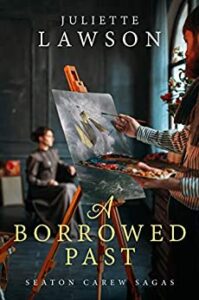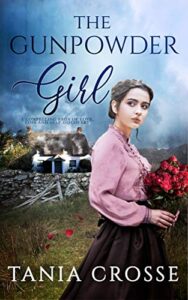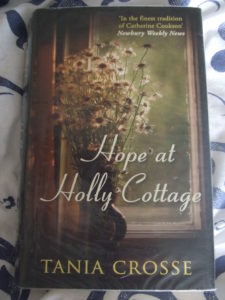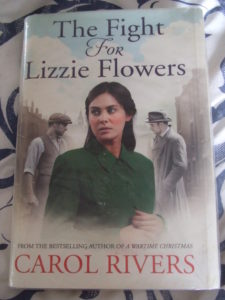Eva Glyn’s The Olive Grove, reviewed by Kitty Wilson
The Olive Grove is also the story of Antonia, a middle-aged woman who has left an unhealthy love affair and whose daughter is of an age where she needs to become more independent. With no job, no relationship and the understanding she needs to make space for her daughter to grow, Antonia finds herself working for Damir and together the two of them help each other heal, forge a future and learn to believe in themselves.
Eva Glyn writes with empathy and compassion about Damir and her exploration of the conflict in Croatia reminds us powerfully of the atrocities of a war that was so close to home and the long-term effects war has on a community, generations after the fighting has stopped.
It is a beautiful story and Eva Glyn’s powerful prose creates the most magical setting. As I read, I was transported to another country and loved how all of my senses were stimulated by the evocative descriptive writing. A fabulous book that I am more than happy to recommend.
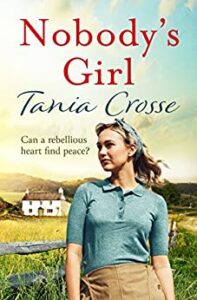 Tania Crosse’s Nobody’s Girl, reviewed by Jane Cable
Tania Crosse’s Nobody’s Girl, reviewed by Jane Cable
I do love a saga and Tania Crosse had been recommended by so many people, when I wanted a reliable book to read I chose one of hers. I wasn’t disappointed. Nobody’s Girl charts the stories of two women in 1930s Kent, one a teenage farmer’s daughter and the other the childless wife of a well-to-do businessman. They meet in tragic circumstances and a rich and fascinating story unfolds.
Despite being true to its time the main characters are not stereotypical, and that and a strong supporting cast brings this novel alive. The surprises are not so much in what happens, but in how the characters react and grow, and I would highly recommend this book. I was also very pleased to discover there is a sequel, A Place to Call Home.
Freya Kennedy’s The Hopes and Dreams of Libby Quinn, reviewed by Carol Thomas
There’s lots to like about this lovely story. It was an uplifting, enjoyable read. The depth of Libby’s feelings for her grandad Ernie is evident in the affection with which she recalls her memories of him and her desire to realise his dreams. The characters were all likeable, and the community setting of Ivy Lane made it a cuddle of a book. The male lead, Noah, is portrayed well, and I could feel the growing affection between him and Libby. I frequently smiled as I read and even shed a tear. Overall, it’s a great read.
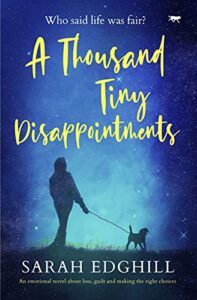 Sarah Edghill’s A Thousand Tiny Disappointments, review by Jan Baynham
Sarah Edghill’s A Thousand Tiny Disappointments, review by Jan Baynham
A poignant and emotional read!
A Thousand Tiny Disappointments takes you on an emotional roller coaster of a journey dealing with grief, loss and a building of self-esteem. The title intrigued me and as I read further into the story, it became clear how apt it was. It’s a hard read at times; you feel for the main character, Martha, as she becomes physically and mentally exhausted by the demands put upon her. The relationship with her son, Joe, is beautifully described. The author creates authentic, multi-layered characters. The role of women as portrayed in both the characters of Martha and Alice as well as Martha’s dilemma to do the right thing are two of a number of themes explored in the novel, resulting in a thought-provoking read. I particularly liked the uplifting ending that made this a satisfying and enjoyable novel. Highly recommended.



